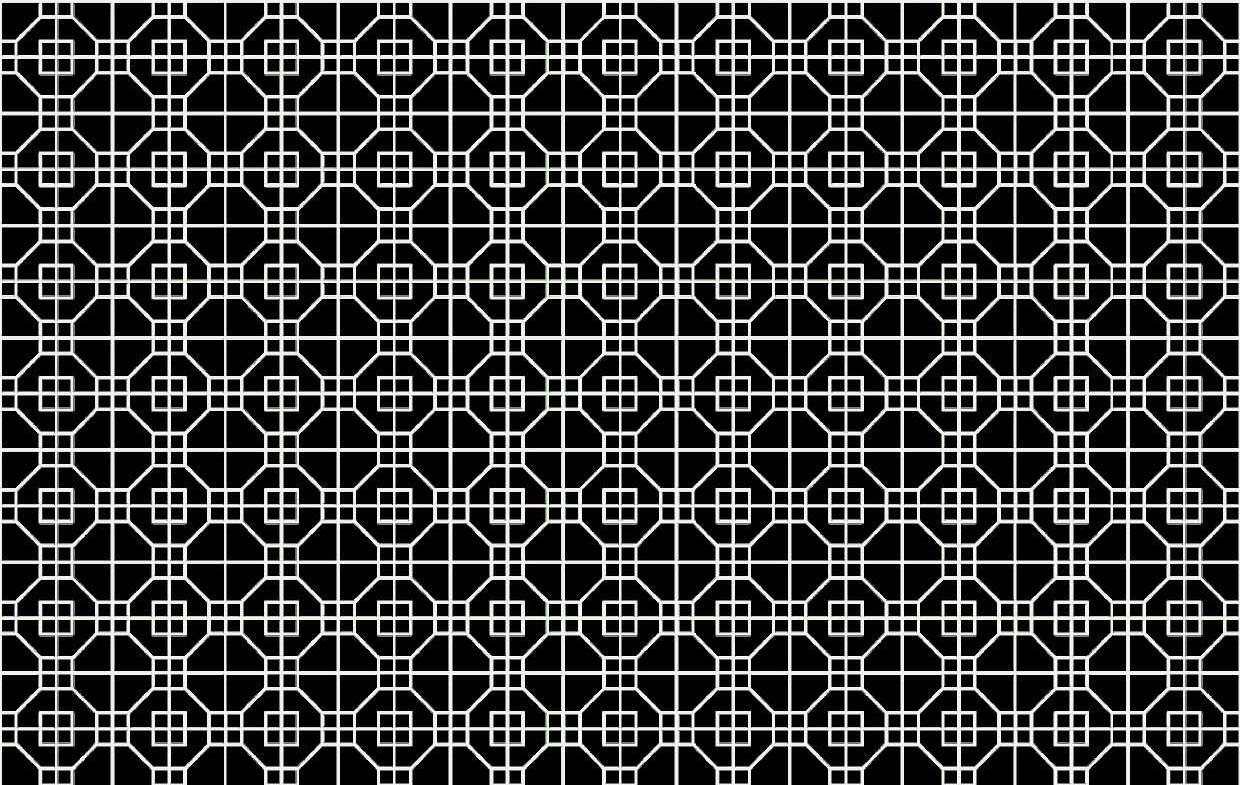
5 minute read
Session 3. Neighbourhood Community Mapping


SESSION 3

NEIGHBOURHOOD COMMUNITY MAPPING

SESSION 3 COMMUNITY MAPPING

OBJECTIVE
• To understand the difference in cultural preferences and perceptions among different demographics • To find places that make the neighbourhood unique from a community perspective • To practice with quantitative survey techniques • To learn more about the historic context of the neighbourhood in a fun way • To reflect on the different perceptions of place identity

TIME SCHEDULE
DAY TWO
9.00 - 9.15
9.15 - 9.30
9.30 - 11.00
11.00 - 11.30
11.30 - 12.00
Homework ACTIVITY WHY
Reflection on community map and timeline
Briefing for community mapping Community mapping exercise Reporting & documenting Reflection on identity of place Reflect on your preferred narrative
To refresh the minds and allow for additions/ changes
For students to understand the objective
of exercise.
For students to consider the difference in place preferences and perceptions among different demographics Documenting the neighbourhood’s unique places from resident’s perspective Discuss the differences and similarities in site choices, try to find common ground and define the different narratives Appreciate perceptions of place from other groups in the community
HOW TOOLS
Teacher will invite students to add places on the timeline and narrative. Each student group will be assigned a different part of the neighbourhood. Outside-the-Classroom Students go out in groups and ask a minimum of 20 local residents (of different demographics) for their favourite places in each the 6 categories. Each student group documents their findings in Google Maps and a shared Google Doc. They also pin places on the printed map. The teacher facilitates a discussion using the narrative, timeline, and map to illustrate talking points. Talk about your perception of the neighbourhood with friends & family. • Post-its
• Sketch paper • Briefing PPT • A3 map foam boards with stickers • Clipboards • One camera per group • Permission form • Large printed map • Small post-it’s in 6 colours • 1 laptop per group with
access to Google Maps • Guiding questions

"WHAT IDISCOVER IS DOING IS LIKE MAKING AN ARCHIVE OF HONG KONG HISTORY – THROUGH THE EYES OF LOCALS”
- amy tse, social worker caritas, hong kong

notes


SESSION 3 COMMUNITY MAPPING

OBJECTIVE
To consider the difference in place preferences and perceptions among different demographics and define the different narratives.
STEP BY STEP GUIDE

1. Students go out in the same groups, they each get assigned a different part of the neighbourhood. 2. Each group need to approach 20 people in different demographics – residents, shopkeepers and visitors - and ask them five simple questions about their favourite places. 3. Students record the answers on the template forms – can be anonymous!


CHECKLIST
Kids (up to 10) Gen Z (10-25) Millennials (25-40) Gen X (40-55) Boomers (55-75) Old Folks (75+)
Live in neighbourhood Work in neighbourhood Visit neighbourhood


MAPPING TEMPLATE QUESTIONS

1. What are the three words you associate with this neighbourhood? 2. What are your favourite places that you won’t find in any other neighbourhood to:
See/ Drink/ Eat/ Shop/ Play/ Surprise 3. Why you like that place? What makes it special? 4. What time of the day Morning-Afternoon-Evening 5. Any memories or anecdotes you want to share?








insider tips!



Into photography? Like sketching?

Record the neighbourhood observations through your eyes, take photos or videos of places people mention, or make a quick sketch. Make sure you keep the visuals to use later in the process. Be creative!

REFLECTION QUESTIONS TO ASK
• What was the most surprising word you heard today? • New words we should be adding to the narrative? • What were places mentioned that were not yet in our map? • Any places or moments that we should add to the timeline? • Any anecdotes, memories or stories that are worth sharing? • What are the differences and similarities in place choices among the different groups? Do they belong to a different narrative?
reporting back
1.PLACES - each group maps the new entries in google maps and on the printed map 2.PHOTOS/SKETCHES/VIDEOS - are sorted in a shared folder and can be added to the timeline 3.WORDS - new words can be added to the narrative 4.STORIES/ANECOTES - that are worth sharing can be documented in a Google Doc









